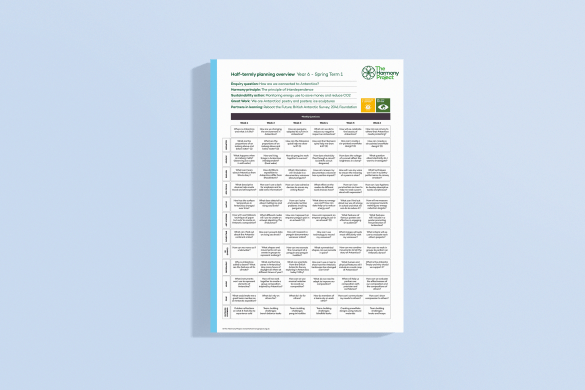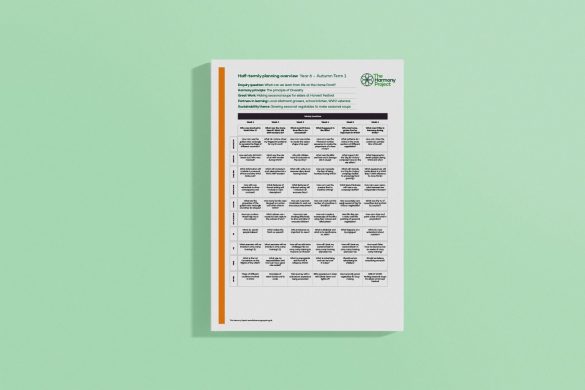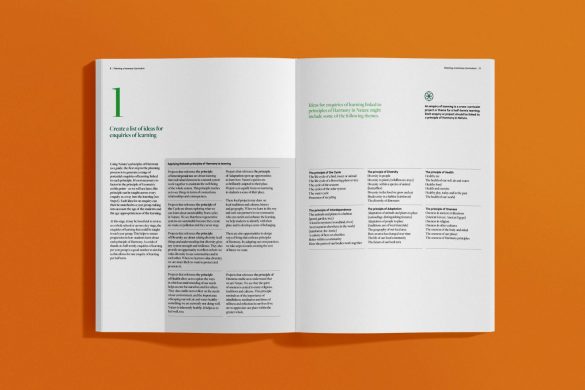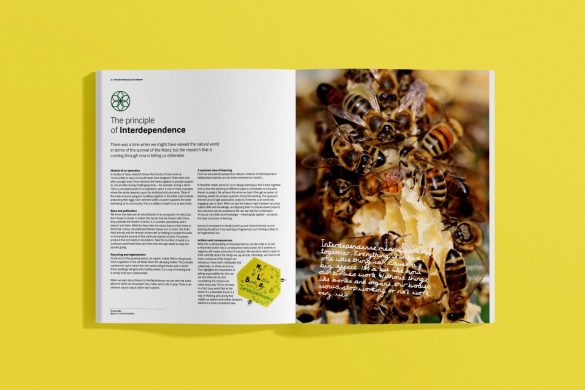Medium-term plan: How are we connected to Antarctica?

Explore the issue of climate change with students using this medium-term planning for a Y6 learning enquiry about Antarctica.
We know that the health of the Antarctic is threatened by climate change. But how many of us – and how many of our children – link this issue to the choices we make in our daily lives? And how many feel empowered to tackle it? This medium-term planning for an enquiry of learning exploring the principle of Interdependence allows students to learn how all living things in the Antarctic ecosystem – and their non-living surroundings – are linked, and to explore the impact our own actions have on this frozen habitat.
The maths content is closely linked to the sustainability action for this enquiry, which challenges students to monitor energy use at school or at home, to find ways to reduce this and to analyse energy use data over time to evaluate the success of their efforts. This is echoed in Science activities linked to National Curriculum content for KS2 on electricity. There is also an opportunity to revise and build on Year 4 Science content on food chains.
The geography content has a strong focus on identifying the climatic and physical features of Antarctica, with plenty of opportunities for mapping.
Meanwhile, in English, the children learn about modern-day polar exploration and write diaries of their experiences on an imagined polar expedition. They go on to contrast this to Shackleton’s expedition on The Endurance, script their own penguin documentary voiceovers and write poems highlighting our connection to Antarctica and the need to protect it.
An excellent key text to support the learning about Shackleton is the beautifully illustrated Shackleton’s Journey by William Grill (Flying Eye books) and there are opportunities to draw on the short film We are Antarctica by Earthrise throughout the learning in English and geography.
The Great Work element of this medium-term planning is the creation and performance of poetry about our connection to Antartica and there is the possibility of introducing an element of ice sculpture where a local partner in learning can be found to support this. The inevitable melting of these sculptures provides a poignant reminder of what is happening in our polar regions.
This enquiry links to Sustainable Development Goals (SDGs) 7 Affordable and Clean Energy and 13 Climate Action.
To accompany this enquiry, we have developed, in collaboration Reboot the Future, a pack for teachers to support them in their exploration of this frozen continent with their students.



